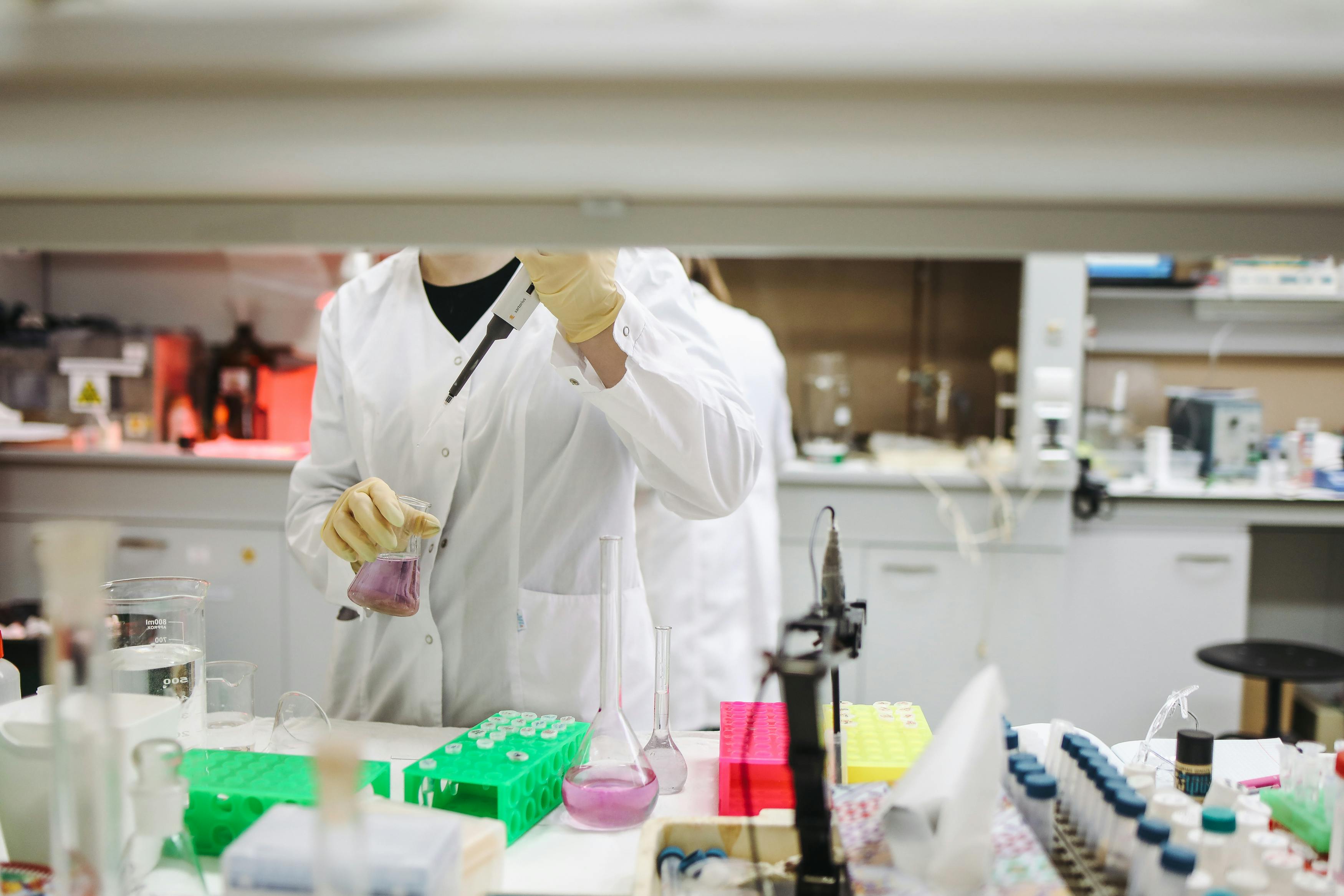
Zurich Researchers Pioneer Breakthrough in Rare-Earth Recycling from E-Waste
Swiss scientists develop innovative method to extract rare-earth elements from electronic waste with unprecedented precision, potentially revolutionizing recycling industry yields.
In a significant advancement for the field of electronics recycling, scientists at Switzerland’s ETH Zurich have developed an innovative method to extract rare-earth elements from discarded electronic devices. Using a newly designed chemical extractant, this technique selectively separates elements like europium from fluorescent lamp waste with unprecedented precision—addressing a long-standing challenge in the recycling industry where recovery rates have historically lingered below 1% (Reuters).
These rare-earth metals, essential components in countless everyday technologies such as smartphone screens, hard drives, and green-energy solutions, are often sourced through environmentally damaging mining practices. The Zurich researchers’ new process not only improves recycling yields but also significantly lowers energy and chemical use compared to traditional methods. Their success is timely, aligning with growing global initiatives, such as the European Union’s Critical Raw Material Act, which seeks to dramatically increase recycled rare-earth content in the supply chain by 2030.
For RecycleOldTech visitors, this innovation signifies more than just academic curiosity—it marks a pivotal shift in how e-waste is handled. While Apple’s and MP Materials’ $500 million recycling initiative made headlines recently, these laboratory discoveries are equally meaningful because they address the technical bottlenecks that have hindered widespread adoption of rare-earth recycling. When such methods move from lab to commercial deployment, they can make recycler operations more profitable, encourage investment, and ultimately fuel a broader expansion of domestic facilities that can process these materials effectively.
Local Impact and Future Opportunities
Locally, this could translate into more certified recycling centers offering precious-metal recycling and rare-earth recovery—potentially appearing in your directory soon. As these new methods become commercially viable, they pave the way for partnerships with entities focused on recovering and reusing valuable materials. That, in turn, creates additional incentives for everyday users to recycle electronics responsibly—jobs, innovation, and environmental impact all rising from devices we discard.
At RecycleOldTech, we’re tracking these emerging technologies closely. As pilot programs evolve into real-world adoption, we’ll flag recycler listings that incorporate rare-earth processing or partner with facilities using advanced extractants. As a user, your decision to responsibly recycle electronics now supports not just local convenience, but also the global push toward a more sustainable, resource-efficient future.
Why It Matters
This breakthrough comes at a moment when global recycling rates for rare-earth elements remain stubbornly low, and dependence on mined resources presents environmental and geopolitical risks. Zurich’s method promises a safer, cleaner way to recover these critical materials, complementing efforts like Apple’s domestic recycling investments. It’s evidence that the path to a circular electronics economy relies not only on policy and infrastructure but also on scientific innovation.
How You Can Stay Informed & Involved
Keep an eye on your local city page for updates—we’ll soon tag recycling centers that focus on rare-earth recovery. Additionally, you’re welcome to suggest listings or share information about local partners via our contact page; grassroots data helps us surface cutting-edge facilities before national programs launch.
In essence, the ETH Zurich discovery is a game-changer: not just for breakthroughs in labs, but for everyday electronics recycling. Such innovation builds momentum behind the movement toward a fully circular tech industry—powered by recovered materials from devices we all rely on.